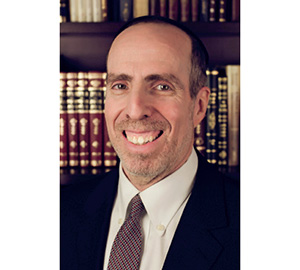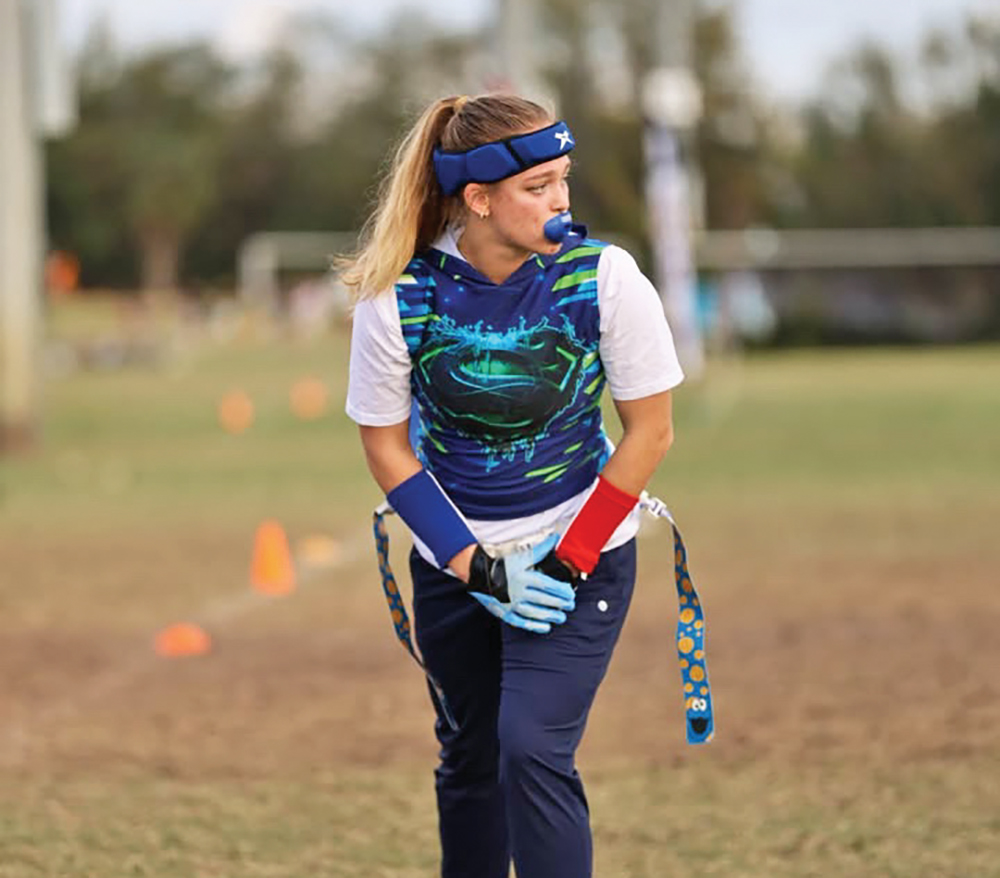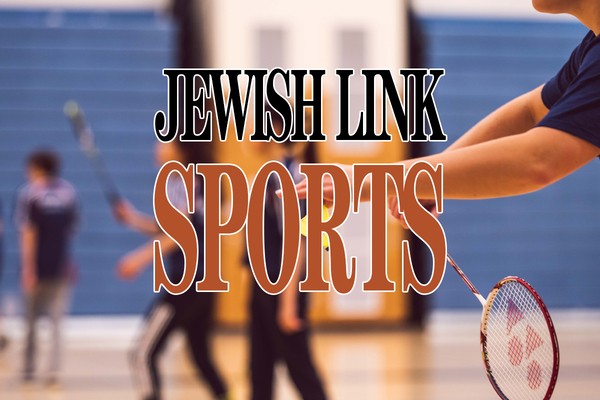
Fascinating! Sephardic Jews begin the first day of Chanukah Torah reading with Birkat Kohanim! Equally fascinating is the fact that Ashkenazim do not include Birkat Kohanim in the Chanukah Torah reading. This discrepancy in practice seems to reflect a fundamental difference in approach to the role of the kohanim in the Chanukah miracle.
Background: Gemara, Rambam, Tur, Maran and Rama
The Mishnah (Megillah 30b) states that parshat hanesi’im, Parshat Naso’s description of the donations of each shevet’s head for the chanukah (dedication) of the Mishkan, serves as the Torah reading for Chanukah. Rashi explains the relevance to Chanukah is that the nesi’im participated in a chanukat haMizbei’ach, as happened during the time of Chanukah. The Tur (Orach Chaim 684) cites the Pesikta who states that the Mishkan was dedicated in the time of the nesi’im on none other than the 25th of Kislev, making the parallel complete.
No mention is made of reading Birkat Kohanim as well in the Mishnah or Gemara. The Rambam (Hilchot Tefillah 13:17), however, does record this practice. The Tur notes that there are places where the Rambam’s view is followed and other places where it is not. The Tur explains the Rambam’s including Birkat Kohanim on the fact that the miracle was accomplished by kohanim—the Maccabees.
Maran Rav Yosef Karo (Shulchan Aruch Orach Chaim 684:1) rules in accordance with the Rambam but the Rama notes that the Ashkenazic custom is not to incorporate Birkat Kohanim into the Chanukah reading. This division pertains through the generations. Sephardic Jews include Birkat Kohanim in the Chanukah Torah reading and Ashkenazic Jews do not.
Explanation: Rambam vs. Ramban
I suggest that this divergence in customs depends on the evaluation of the Kohanim’s participation in the Chanukah miracle. Ashkenazic practice seems to follow the Ramban (to Bereishit 49:10) who famously condemns the Chashmona’im for seizing the kingship. Ramban insists that this was a violation of Yaakov Avinu’s will that “lo yasur shevet m’Yehuda,” that the kingship should remain exclusively in the hands of Shevet Yehuda. Ashkenazim hardly want to celebrate the role of the kohanim in the Chanukah miracle due to the wrong course of action they take to assume the monarchy.
The Rambam, however, seems to be consistent with his approach to the kohanim’s role in the Chanukah miracle (Hilchot Chanukah 3:1). The Rambam mentions in his presentation of the Chanukah miracle “v’he’emedu melech min hakohanim,” and they appointed a king from the Kohanim. There is not a hint of criticism emanating from the Rambam’s words regarding this appointment. Moreover, the fact that kohanim were appointed as king appears to constitute a source of celebration from the Rambam and not a point to be criticized.
In fact, Rav Yosef Dov Soloveitchik (as cited in Harerei Kedem 1:272) understands that the Rambam does not subscribe to the Ramban’s view regarding this matter. Rav Soloveitchik explains that appointing kohanim as king in the Chanukah circumstance is a point to be celebrated, since the essence of the struggle against the Greeks was the latter’s desecration of the Beit Hamikdash. The fact that kohanim were appointed as king in the wake of the ouster of the Greeks is a cause for celebration because it facilitates the kohanim’s fulfillment of their role as guardians of the special holiness of the Beit Hamikdash.
Indeed, the Rambam (Hilchot Beit Habechirah 8:3) specifically notes that the shemirah (guarding) of the Beit Hamikdash from the inside is a specific responsibility of the kohanim. Rav Soloveitchik cites his grandfather, Rav Haim Soloveitchik, who points out that the Navi (Zechariah 3:7, included in the haftarah reading for Shabbat Chanukah) indicates this as well, stating “v’gam tishmor et hatzeirai,” you must guard the sanctity of My courtyard.
Rav Soloveitchik concludes that the haftarah for Shabbat Chanukah supports the Rambam’s approach. He notes that the haftarah could have easily been limited to the vision of the Menorah attached to tubes bringing oil to its lamps and even two olive trees to provide a continuous supply of fuel. This would seem to be the portion of the haftarah that is most relevant to Chanukah. Yet, we also read about the upgrading of Yehoshua Kohen Gadol to better serve in his role of guarding the holiness of the Mikdash.
Thus, we see that the role of kohanim guarding the sanctity of the Mikdash constitutes a major theme of Chanukah. Thus, it is most appropriate to incorporate Birkat Kohanim into the Chanukah Torah reading, especially since if this is not done, no mention will be made of the kohanim until the very end of the Torah reading of the eighth day (recall that Shevet Levi did not directly participate in the chanukat haMizbei’ach of the Mishkan).
Ramban could reply that the role of the kohanim should be limited to Mikdash and separated from a political role. Rambam would reply that the best way to ensure the preservation of the kedusha of the Beit Hamikdash is by assuming political power. Thus, a fundamental dispute has emerged between Ramban and Rambam as to the separation of religious leadership and political leadership. The Ramban seems to endorse such as separation while the Rambam does not.
Conclusion
“Minhag avoteinu Torah hi” (Jewish customs constitutes Torah) is a mantra repeated by many Rishonim and Acharonim. Traditionally, it is understood as teaching the importance to respect minhagim as an integral part of Torah. Rav Soloveitchik, though, took this a step further and understood it as teaching that just as we plumb the depths of Torah to explain its deeper meanings, so too we must properly explore the basis and meaning behind our minhagim.
By Rabbi Haim Jachter
Rabbi Haim Jachter is the spiritual leader of Congregation Shaarei Orah, the Sephardic Congregation of Teaneck. He also serves as a rebbe at Torah Academy of Bergen County and a dayan on the Beth Din of Elizabeth.











